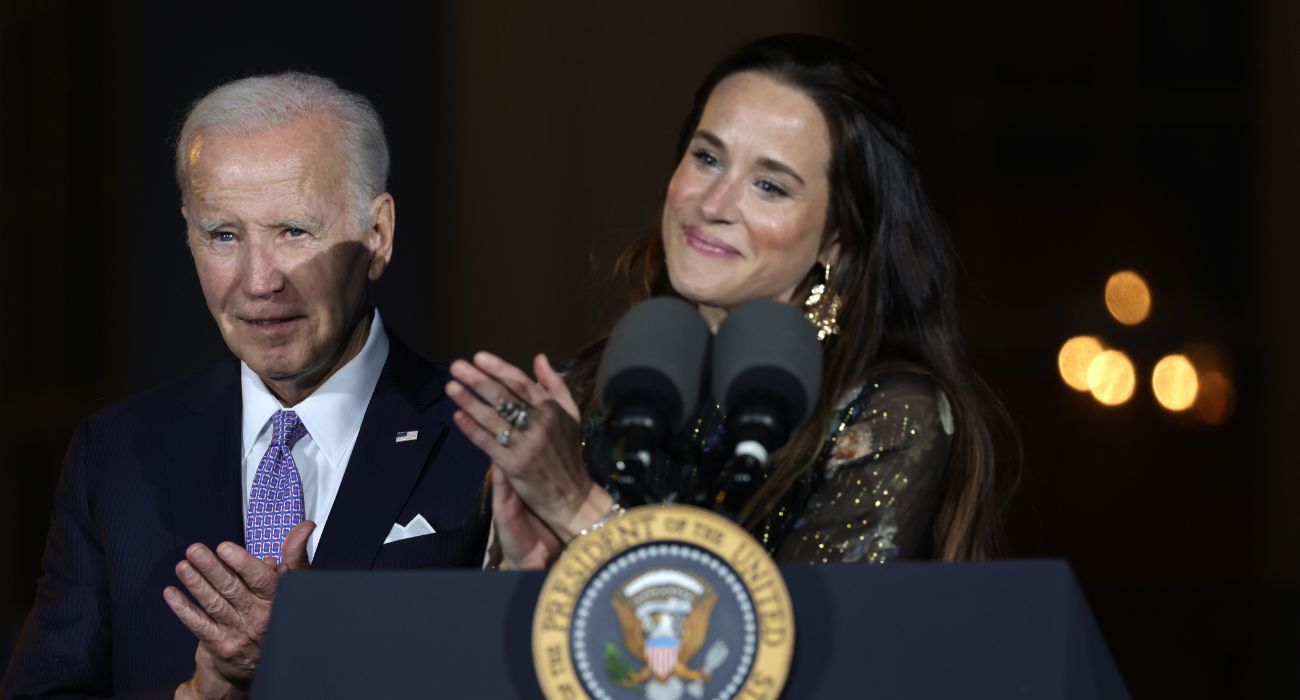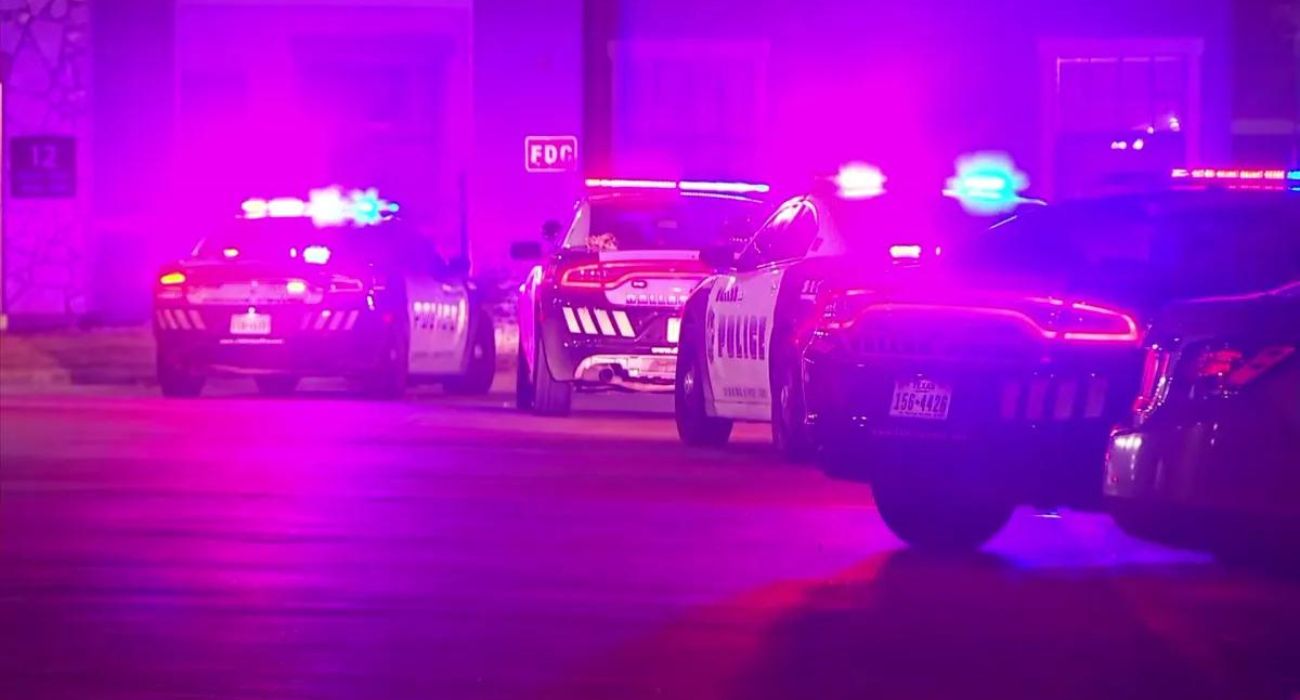More than 80% of victims of assault offenses, homicide offenses, and sex offenses in Dallas this year were people of color.
As of September 29, there have been 189 victims of murder or non-negligent manslaughter logged by the City. Some 104 of them were black, with ages ranging from 1 to 75. Sixty were Hispanic or Latino, aged between 11 and 73. Together, such victims comprise 86.8% of 2023’s criminal homicides, according to the City of Dallas victim demographics dashboard.
People of color also made up the overwhelming majority of assault victims, with 47.5% of victims recorded as black and 34.4% logged as Hispanic or Latino.
Additionally, racial minorities also comprised the majority of sex crime victims. Some 242 victims were black, and 220 were Hispanic or Latino. According to City data, the median age of such victims was 15 years old.
As previously reported by The Dallas Express, the Dallas Police Department has been seriously understaffed, coming in several hundred officers under the 4,000 recommended by a City report. Black and Hispanic people have seemingly borne the brunt of the shortage.
The shortage has been evident in Downtown Dallas, which routinely sees significantly more crime than Fort Worth’s downtown area, where a special police unit works alongside private security officers.
“You cannot have public safety if you don’t have community and law enforcement and all other stakeholders working together, for real, with a common cause to impact crime and affect [positive change] in neighborhoods,” said Antong Lucky, president of the anti-violence organization Urban Specialists, in a previous interview with The Dallas Express.
Lucky said that part of the problem is the lack of trust between police and minority groups.
“Communities of color feel as though there is a blue wall of silence, that there is no accountability of police, that officers sit out and watch their colleagues do heinous stuff. And then you have officers saying to the community, ‘Hey, when something heinous happened, you didn’t tell us who did it.’ That’s a real thing, whether we accept it or not,” Lucky said.






